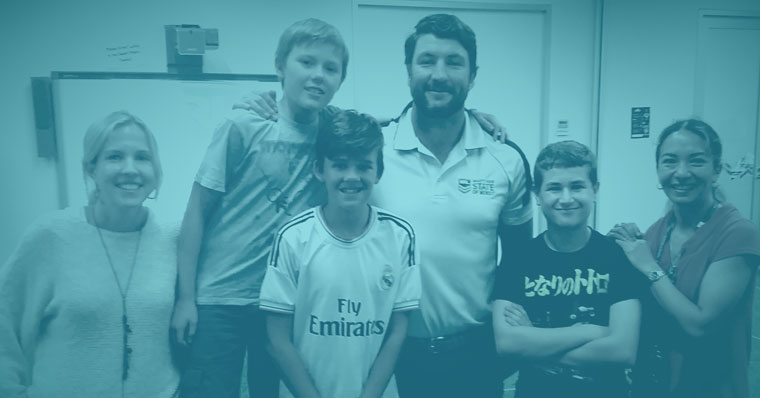Dunlea Centre is described as ‘a place for change’. Given this claim, it is the responsibility of the Agency to make certain that the young people in attendance do achieve the change they are seeking.
Therefore, information is required about how the young people are using the achieved change to shape a more productive future for themselves than might otherwise have been the case.
To this end in 2015, Dunlea Centre embarked on an ambitious 3 year research and evaluation project that will measure the change achieved by each young person, male or female, as a result of attending the program. To start this project, demographic data about the young people and their families was collected in 2015. This data will continue to be collected for all young people and their families of new program entrants during 2016 and 2017. This is so that Dunlea Centre has a clear picture of the population that the program is seeking to serve.
Before this project started, Dunlea Centre collected behaviour and educational data about the change each young person was achieving using the measurement instruments listed below. This data was however, only analysed at the group rather than individual level. These instruments included the; CBCL (Child behaviour check list); Resiliency scale (Mastery and emotional reactivity); NAPLAN; the Neale analysis of reading ability and the Neale analysis of mathematical ability.
This will now change as Dunlea Centre needs to map individual level change which requires a more refined statistical approach. This change is because of the increasingly outcome focussed educational and child welfare service systems and the expectation that a program like Dunlea Centre, will be able to provide quantifiable evidence of their effectiveness with individual young people and their families.
At this time, a ‘climate scale’ has been added to the battery of data collection instruments. This scale will measure the climate in each of the 4 residential units, four times a year. The instrument is a self-report instrument that is completed by the young people in each of the units. This is an important development as it will give Dunlea Centre information about the stability of the residential environment and the extent to which the young people feel safe and secure in the Dunlea units. Without a climate that has these characteristics, learning and change is unlikely to be achieved, hence the importance of this measurement exercise. The scale is the JUZT group climate instrument.
Dunlea Centre is also instituting a follow-up study of young people following their exit from the program. This is a simple survey conducted by telephone by a member of staff from the unit in which the young person lived whilst at Dunlea Centre and who is known to the young person. The questions to be asked will focus on what had happened to the young person since they left the agency and will only require a yes/no response. The survey will be conducted 6 months and 12 months from the date of the young person’s departure. It will provide data about the extent to which the change the young person achieved at Dunlea is maintained by the young person once they have returned to the wider community.
This project and the requirement to systematically collect large amounts of data against agreed timelines has involved Dunlea staff in a significant amount of work. This is however, an investment for the future as service funders are increasingly expecting service providers to assess their services in this manner. In 2017 Dunlea Centre expects to be able to report some preliminary data from this research and evaluation project into program effectiveness.



